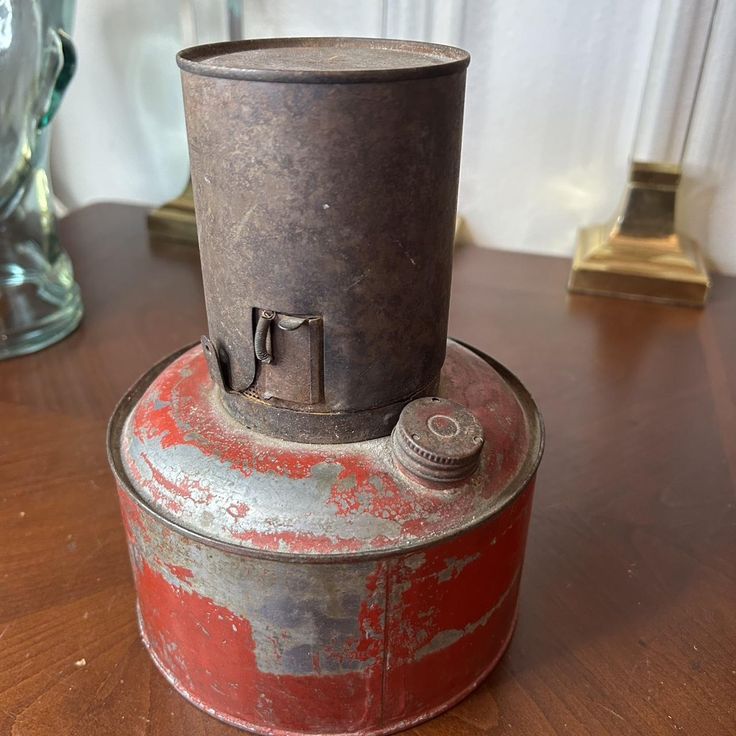Younger generations might look at this old, soot-covered metal object and be completely puzzled, but for those who instantly recognize it, welcome to the golden generation—the era before smartphones and automation changed farming forever. That odd-looking item with the chimney-like top and a lingering scent of diesel or kerosene is a smudge pot, a relic from a time when protecting a crop wasn’t about tapping a screen or checking a satellite update—it was about lighting fires in the middle of the night and braving the cold to defend the harvest.

Smudge pots were once essential tools in orchards, designed to combat the brutal effects of frost. They were metal canisters with chimneys, designed to burn oil-based fuel like diesel or kerosene. Once lit, they gave off a combination of heat and thick smoke. The heat helped keep fruit trees from freezing, while the smoke created a blanket that trapped the warmth close to the ground. It might sound simple, but these pots were ingenious in their design and incredibly effective for the time. Before frost alarms and weather apps, farmers had to rely on instinct and experience to predict cold snaps.
When frost threatened, they would race into their orchards, lighting smudge pots row by row, sometimes by the hundreds. Imagine acres of fruit trees, each glowing with flickers of orange flame, the smoke curling into the night sky. These weren’t just cold nights—they were battles, and the smudge pot was the farmer’s weapon. Losing a crop to frost meant financial ruin, food scarcity, or a lost year’s work. The smudge pot stood as a line of defense, and those who lit them knew exactly what was at stake. For those who lived through it, those nights are unforgettable. The smell of kerosene, the feel of frozen ground underfoot, the sting of cold air on the skin, and the low roar of the pots burning like tiny dragons—it was hard, dirty work, but it was noble. You didn’t do it for praise. You did it to survive. Your hands got greasy, your boots got muddy, and your clothes smelled like fuel, but the fire you tended was what kept your farm—and your family—going. Eventually, smudge pots began to fade from use.
Environmental concerns about the smoke they produced, along with rising fuel costs and the development of new frost-fighting technology, pushed them aside. Wind machines that circulate warm air, sprinkler systems that use water to insulate crops, and high-tech weather monitoring tools began to take their place. These newer methods are cleaner, more efficient, and easier to manage, but to many, they lack the raw, gritty spirit that defined the smudge pot era. Smudge pots weren’t just orchard heaters; they were symbols of resilience. They were passed down through generations—grandfathers teaching grandsons how to light them just right, how to place them to protect the most vulnerable trees, how to walk the rows and feel the change in temperature before science could measure it.
They were about grit, muscle, and determination. Today, smudge pots are rare in commercial use, but they’re not entirely gone. Some small farms still bring them out when modern systems fail or prove too costly. Others have found new life as quirky outdoor décor—turned into rustic garden torches, backyard heaters, or nostalgic lawn ornaments. And for collectors, they’re more than old metal—they’re history. They’re reminders of when farming was personal, when success depended on hands, heart, and heat. Seeing a smudge pot today may not mean much to someone raised on automated tractors and weather apps, but for those who know, it sparks something deeper. It brings back memories of nights spent fighting for a crop, for a livelihood, for a family. It’s the story of a generation who knew that sometimes, the simplest tools were the most powerful. So if you spotted that smudge pot right away and smiled, you’re not just recognizing a piece of equipment—you’re remembering a way of life, a legacy of fire, smoke, and perseverance that refuses to fade.





